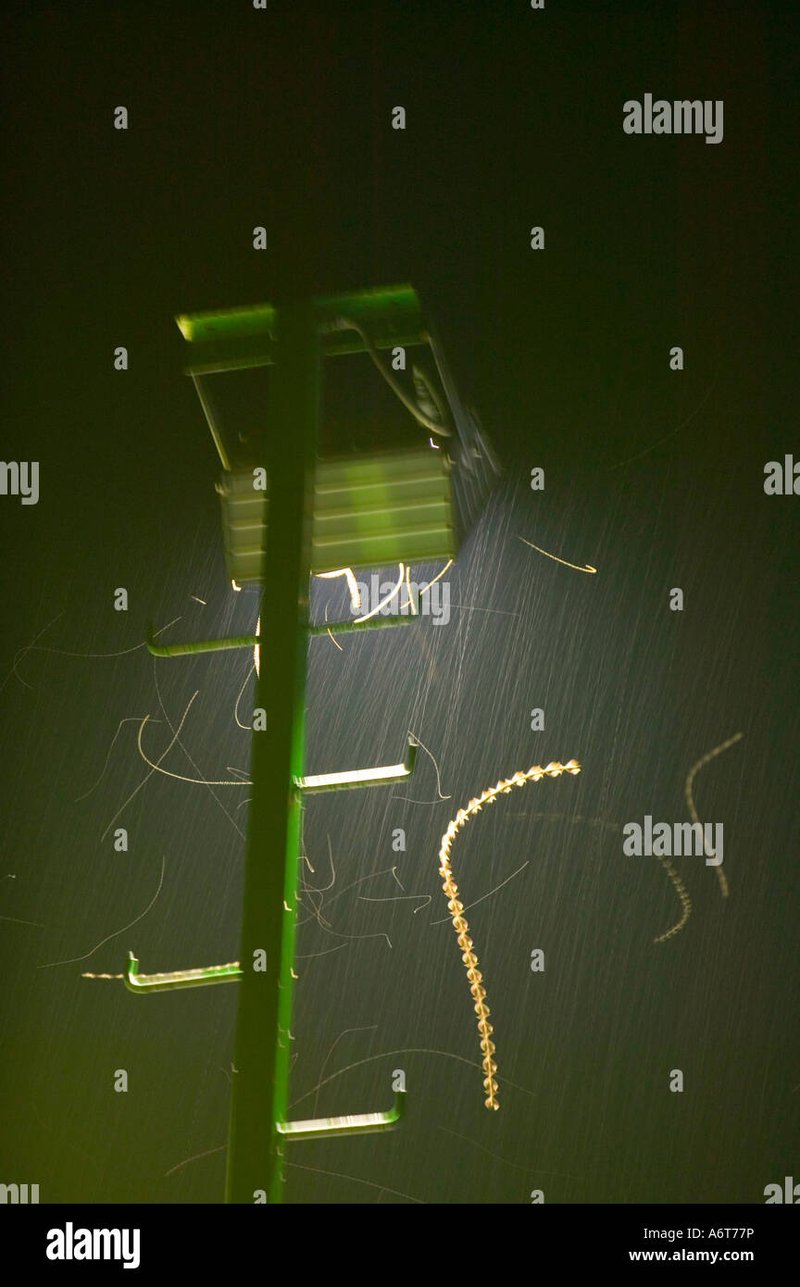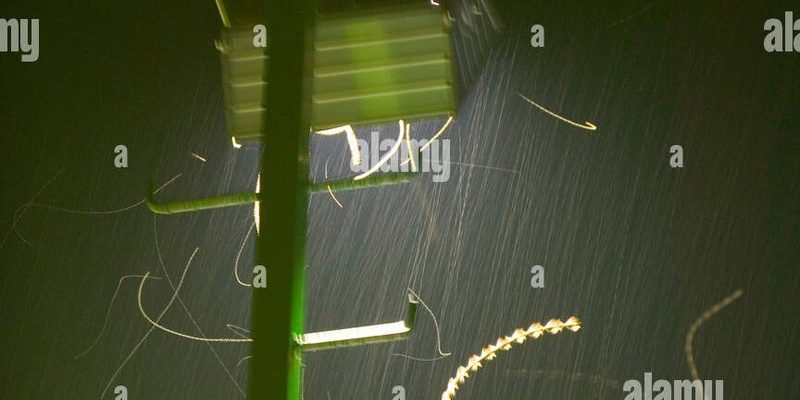
Besides just choosing the right lights, there are a few tricks you can use, and maybe even some special gear that’ll help enhance your setup. For instance, remote-controlled lights let you adjust brightness and color, making your outdoor area even more enticing for inchworm moths. So, if you’re thinking about creating a moth-friendly environment, stick around as we explore the right lighting strategies and details.
Understanding Inchworm Moths: Nature’s Fascinating Flyers
Inchworm moths are not just any ordinary moths; they possess a charm that’s hard to ignore. These tiny creatures are the larvae of the **Geometridae family**, which is where their name comes from. The term “inchworm” reflects their distinctive movement: they inch forward by looping their bodies, resembling a measuring tool—a charming characteristic that has won their place in the hearts of many nature lovers.
You might be wondering what makes them so attractive to bright lights. Simply put, many moths, including inchworms, are **positively phototactic**, meaning they are naturally drawn to light. This instinct likely stems from their evolutionary need to navigate during the nighttime. When you have outdoor lights on, especially in a darker environment, it feels like a cozy beacon calling them home.
Moreover, inchworm moths are most active during the summer months. So if you’re looking to create a scene filled with fluttering moths, the warmer seasons are definitely your best bet. Picture a warm summer night, friends gathered around, and inchworm moths waltzing through the illuminated air—it’s a beautiful sight!
Choosing the Right Outdoor Lights
To attract inchworm moths, the type and color of outdoor lights matter more than you might think. Traditional incandescent bulbs are popular for creating a welcoming ambiance. However, using **LED lights** is becoming increasingly common, and they can also be effective. The key is to choose lights that emit a strong white or yellow hue. This spectrum tends to attract more moths than, say, blue or green lights.
Here are a few options you might consider:
- Incandescent Bulbs: These are known for their warm glow and are great at attracting moths.
- LED Flood Lights: They consume less energy and have a longer lifespan, making them eco-friendly.
- Yellow Bug Lights: Interestingly, these tend to attract fewer bugs overall, but they can still draw inchworm moths.
When setting up these lights, think about placement. You’ll want them positioned away from trees or shrubs where inchworm moths might prefer to hide. Create a clear path of light to draw them in, giving them a direct route to your inviting space.
Best Practices for Attracting Inchworm Moths
There are a few best practices to keep in mind when you’re trying to attract inchworm moths. First, consider the timing of your lighting. **Turn on your outdoor lights** just before dusk, when these little creatures start their evening activities. This will give them ample time to notice the light and flutter toward it.
Next, keep the area around your light clean and free of debris. Having a tidy space not only creates a pleasant atmosphere for humans but also helps inchworm moths feel more inclined to explore. They prefer open areas where they can easily fly and maneuver without obstacles.
Lastly, try to limit additional distractions. If you have other bright lights nearby—like streetlights or car headlights—this can take their attention away from your dedicated moth-attracting lights. Sometimes, reducing the overall light pollution in your area can create a more welcoming environment for these fascinating creatures.
Creating a Moth-Friendly Environment
Attracting inchworm moths isn’t just about the lights; creating a welcoming environment is crucial. One thing to consider is having plants nearby. Flowers and certain plants, such as **moonflowers** or **evening primrose**, can attract moths looking for nectar. This dual approach of light and flora can work wonders.
Additionally, think about providing shelter. Building small, cozy spots for them to rest during the day can encourage them to stick around. A simple wooden structure or brush pile can work well. Just as we appreciate good hideouts, inchworm moths will too.
Another thought: consider avoiding pesticides or harsh chemicals in your garden. These substances can be detrimental not only to moths but to other beneficial insects as well. Embracing organic gardening practices can foster a more biodiverse ecosystem, making it more appealing for inchworm moths and their friends.
Monitoring and Adjusting Your Setup
As you embark on your journey to attract inchworm moths, it’s important to keep track of what works and what doesn’t. You might notice that specific lights attract more moths than others. If that’s the case, feel free to **experiment**! Swap out bulbs, change their placement, or even try different colors to see what yields the best results.
You might also want to monitor the activity levels throughout the season. Moths have their peaks of activity during warmer months, but this can vary. Keeping a casual “moth diary,” that logs which nights had the most visitors can provide insight into patterns and preferences.
And hey, if your initial efforts don’t seem to pull in the moths as expected, don’t get discouraged! Sometimes, it takes a little tweaking and adjusting. Here’s the thing: patience is key. Nature works on its own timeline, and the more you observe, the more you’ll understand what draws these fascinating creatures in.
Attracting inchworm moths with outdoor lights can turn a simple evening into a captivating event. By understanding their behaviors, choosing the right lighting options, and creating a moth-friendly environment, you’re opening the door to a delightful experience. Whether you’re hosting a summer gathering or just enjoying a quiet night under the stars, inchworm moths can add a touch of whimsy to your outdoor setting.
So, grab those lights, clean up the area, and get ready to enjoy the gentle flutter of inchworm moths! You might just find yourself captivated by this little slice of nature, right in your backyard. Happy moth watching!

